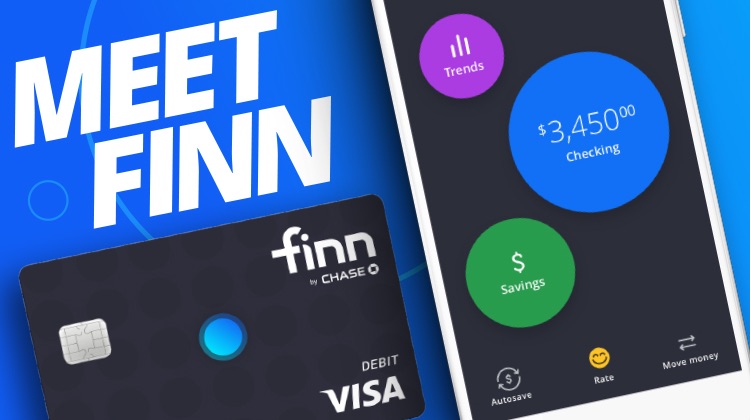The Customer Effect
Inside Finn, Chase’s millennial-minded mobile app
- JPMorgan Chase launched Finn, a digital-only bank geared at millennials who don't want to go to brick-and-mortar branches.
- The product has features that help customers think about what motivates their spending in an effort to help them develop better money habits.








